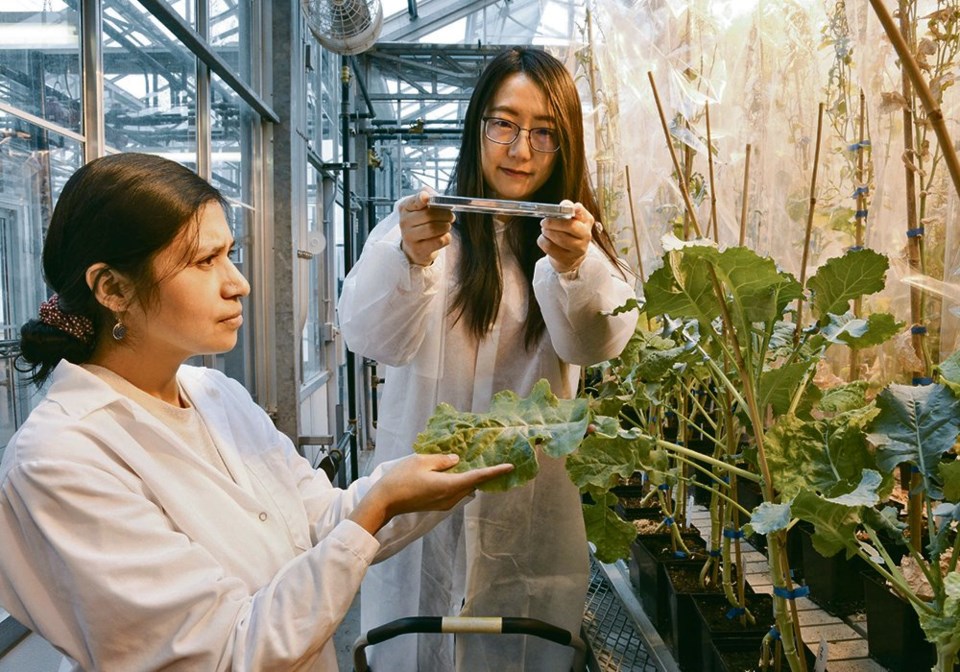SASKATOON — The University of Saskatchewan is preparing to launch a different kind of reality TV show.
Researchers at the university will use a platform called Green SkEye to record a variety of characteristics while plants are growing.
“Imagine cameras above growth benches in the greenhouse that are continuously taking pictures of the plants and identifying each individual plant. Those photos are analyzed and then we can measure things like the leaf area of plants and the growth rate between different plants in an experiment,” said Ian Stavness, research chair in computational agriculture at the university.
“That will provide extra information to the researchers that would be very difficult for them to collect if they were going into the greenhouse even once a day or a few times a week. They really can’t capture the fine detail we’d be able to pull out by continually monitoring all of the plants together.”
Researchers from the university’s computer sciences department and the Global Institute for Food Security have been awarded $125,000 from the Canada Foundation for Innovation’s John R. Evans Leaders Fund to support the development of innovative greenhouse imaging and computing infrastructure.
“Data-driven processes and decisions are increasingly important in the agriculture sector,” said Lingling Jin, assistant professor of computer science in the university’s College of Arts and Science.
“Although large amounts of farm and plant data are С����Ƶ collected by growers and scientists, the ability to create actionable information from these large datasets remains a key challenge.”
Added Stavness: “This kind of digital information is providing critical actionable information to breeders, our main target. But absolutely on the agronomic side and on the grower side, more and more this sort of digital information is making its way into decision making. So, we’re really excited about providing that to breeders and growers in Saskatchewan.”
For plant breeding, the researchers said it’s critical to match genomic with phenomic data concerning the health and resilience of specific crop varieties.
For growers, the rapid and sustainable management of weeds, insects and diseases in the field can be facilitated by crop imaging combined with data analysis techniques.
Stavness said matching the genome sequencing information from early plant lines the breeder obtains to early screening of phenotypes will allow them to get rid of things early on that look like they’re going to be poor performing.
“It’s that screening piece that’s going to increase efficiency because once they move to the field, the expenses to run those trials go up a lot.”
The Green SkEye platform combines detailed plant imaging software with cutting-edge computing to examine plant populations in greenhouses in great detail, as well as phenomic and genomic data.
The project will also serve as a test for developing and determining the best multispectral sensors for different approaches, such as differentiating a crop species from a weed species.
Handheld phones will also be put to work.
“We do see smartphones as С����Ƶ an important component as well because we definitely think there’s a place for having humans and people in the loop. They know what to look for and they can put a smartphone in place that’s going to capture the right picture,” said Stavness.
“We expect by this growing season to have the first camera systems in place and we’re lining up the first projects internally through GIFS and P2IRC (Plant Phenotyping and Imaging Research Centre). We’ve also had interest from industry partners who want to run some greenhouse experiments to screen for very specific phenotypes,” said Stavness.




